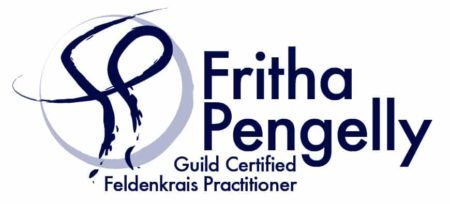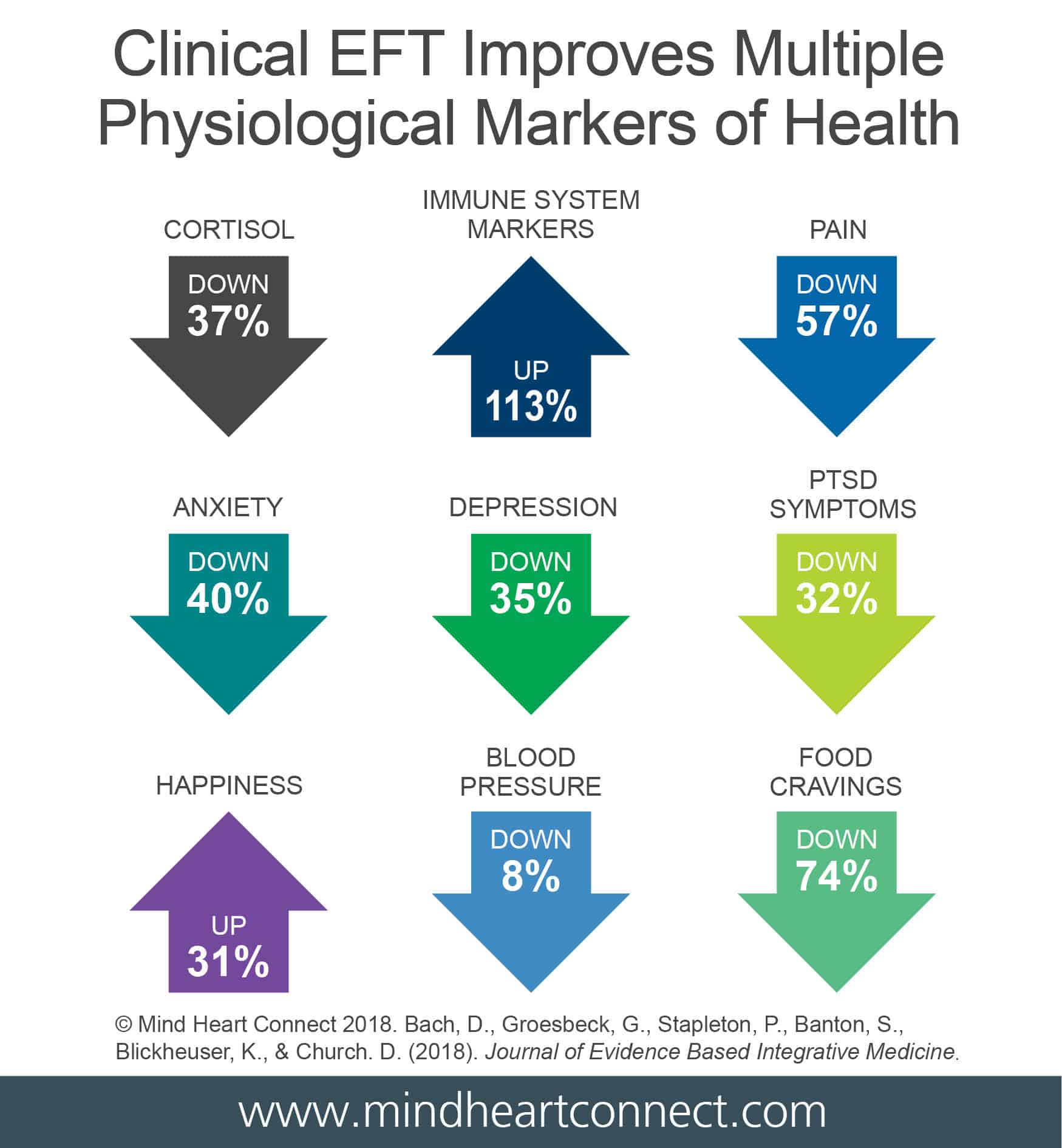
Matrix Reimprinting
posted on November 30, 2023
Have you ever wondered why you believe what you believe? Do you know what your core beliefs are? Perhaps you sometimes find yourself thinking that you are “not good enough” or that “the world is unsafe.”
Maybe you sense, somehow, the ways in which your beliefs affect your everyday life. Some of these beliefs we could consider to be ‘negative’ or ‘limiting beliefs.’ For example, I may have a difficult time putting myself out there in the world if I believe that I’m “not good enough” to achieve a certain goal.
Our deeply held beliefs don’t come out of nowhere. They are built into our nervous systems in response to our life experiences. Our beliefs not only affect the choices we make, from who we choose as friends to the professions we pursue, but also affect our health and well-being.
Epigenetics research tells us that our gene expression – whether or not a particular gene is turned on or not – is responsive to environmental factors. Our perceptions and our beliefs, based on our experiences in our particular environments, become part of that influence that can indeed affect aspects of our health.
What are your core beliefs about yourself or the world? How true are those beliefs for you? Do they generate ease or stress in your life?
You have the potential to heal from the experiences that created those core beliefs and in the process transform your belief system.
Matrix Reimprinting is a Meridian Tapping Therapy created by Karl Dawson and evolved from EFT (Emotional Freedom Techniques) that helps us to uncover the moments in our lives where our specific beliefs were born and how they have been reinforced over and over again through subsequent experiences. Through a gentle process, which includes EFT tapping, we can connect to the parts of ourselves holding on to memories that generate limiting beliefs, and transform our perception of those memories. EFT is an amazing tool that helps us reduce or remove the emotional intensity of past memories so that they don’t keep creating stress in our bodies. With Matrix Reimprinting, we can also revisit and adjust our relationship to our memories and past experiences, transforming limiting beliefs and, consequently, our lives.
Would you like to learn more? Sign up for a Free Initial Consult or one of our Free Intro to EFT workshops!!
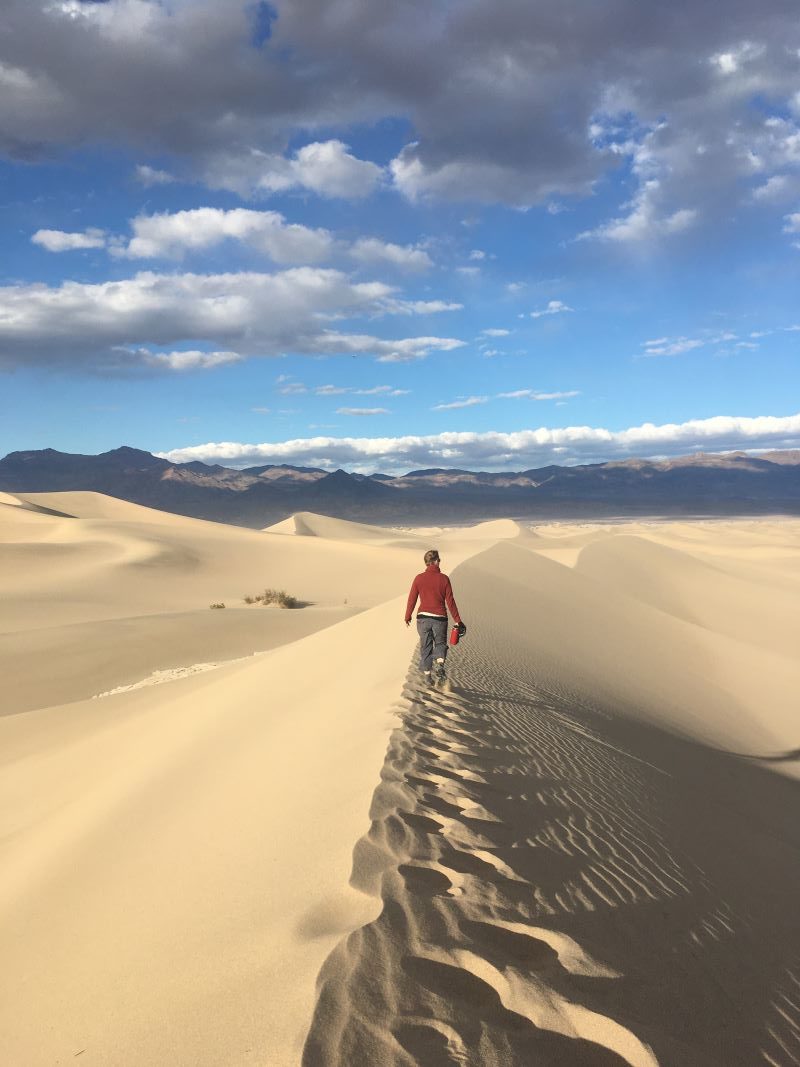
building your resiliency practice
by Fritha Pengelly
posted on December 21, 2022
“Whereas health is conventionally thought of as a static state to be maintained, Moshe defined health as a dynamic condition, the ability to recover from shocks. Whether originating from within or without, from sickness or accident, from violence or social upheaval shocks perturb our balance; health is the capability of regaining balance and standing poised again on one’s feet.”
– Mark Reese, from Moshe Feldenkrais: A Life in Movement
“The ability to return to regulation is the essence of resilience.”
– Deb Dana, from Polyvagal Exercises for Safety and Connection
Do you feel stuck? Stuck in the same patterns of reaction and response? Stuck in a state of stress? Stuck with chronic pain? Unable to recover from something that put you off balance?
What themes are running through your life? If you were to choose a metaphor for your life right now, what would it be? What does this metaphor tell you? How does this metaphor express something that your body has been trying to tell you?
Is your body trying to tell you something? Why might you be ignoring your body? When did you stop trusting your instincts and “gut feelings?”
Do you have moments of clarity and insight, and yet things remain the same? Patterns persist?
If any of these questions resonate for you and you would like to explore them, or if you are feeling stuck and looking for support in making changes in your life that you just can’t seem to make on your own, building your emotional resiliency practice may be a good fit for you.
Why resilience?
Resilience means we are able to meet the demands of the moment. We are not stuck in the past or stuck in a place of dysregulation. Resilience means we can recover and find balance. Resilience means we can do what we want in life and feel at peace.
“Resilience is the psychological quality that allows some people to be knocked down by the adversities of life and come back at least as strong as before. Rather than letting difficulties, traumatic events, or failure overcome them and drain their resolve, highly resilient people find a way to change course, emotionally heal, and continue moving toward their goals.”
https://www.psychologytoday.com/us/basics/resilience
Why practice?
We can build our resilience, or ability to self-regulate, through practice. The ability to self-regulate means that we have the skills and tools to return to a state in which our nervous system is regulated and we feel safe and at peace. This doesn’t mean that we never feel stressed, or stuck, or confused, but through practice it gets easier to find our way out of a state of being in which we feel we don’t have any options or choice.
Perhaps we can think about it like learning any skill. There was a reason my piano teacher had us keep track of how many hours we practiced each week. In order to learn the skills of reading music, moving my fingers up and down the keys, and sensing how to make the sound louder or softer, I had to actually spend time playing, making mistakes, and learning!
Returning to a regulated state “is the essence of resilience.” When we are regulated and feel safe, we can connect – and the need for connection is built into our nervous systems and is essential for our survival. When we are regulated we can:
Respond to our ever-changing environment
Live with a sense of choice and agency
Act without re-acting
Feel at ease and peaceful with ourselves
Resolve conflicts with respect and openness.
Combining EFT with Feldenkrais®
building your emotional resiliency practice is a unique collaboration between two modalities. EFT Tapping invites us to express our experiences and feelings in words, while attending to sensation and insight coming from our embodied experience. The Feldenkrais® Method allows us time to just experience ourselves through simple, gentle movements and attend to the ways in which we move well and where we get stuck, and notice what thoughts and beliefs arise. We invite curiosity. We generate a sense of possibility through discovering that we can indeed figure out new ways of moving. We allow for trust in our own intuition and inner wisdom. We build resilience.
Learn to listen. Learn to trust. Embody yourself.
Workshop Series: Building Your Emotional Resiliency Practice
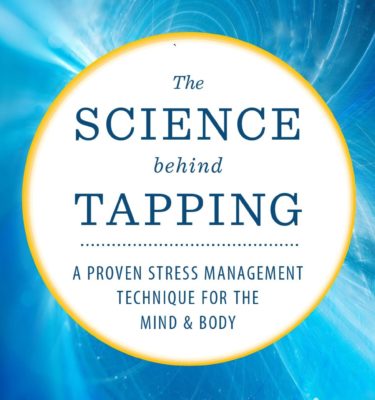
How Does EFT Work?
by Fritha Pengelly
posted on February 1, 2022
My interest in understanding more about how EFT works led me to read Dr. Peta Stapleton’s book “The Science behind Tapping: A Proven Stress Management Technique for the Mind and Body,” which was published in 2019. It’s a fantastic book that clearly and succinctly describes what EFT is, it’s origins and how it was developed, and the “mounting evidence” of its effectiveness and how it works.
EFT has been around since the mid 1990’s and practitioners and therapists using these techniques have witnessed how effective EFT is at helping to quickly and permanently help people resolve a variety of issues. Now, with over 100 clinical trials studying the effects of using EFT and how it actually works, there is more clarity about why it works so well.
The tapping points used in EFT tapping are acupoints on the head, face and torso. Tapping on these points while saying statements that focus on a specific issue, its roots in your personal experience, and noticing sensations in your body has proven to reduce cortisol in the body, calm the limbic system, decrease activity in the amygdala, affect brain waves, change neural pathways, and affect gene expression.
This process allows us to change. If we tap on the points, which calm our nervous system, while thinking of a current or past issue that creates anxiety, what happens is that we have an experience of thinking of those stressful events while not experiencing the physiological experience of stress in our body. We stay in the present. This means that we can think more clearly and respond more accurately to the present moment rather than be triggered into fight or flight or freeze, enacting old patterns of response.
EFT can be used as a self-help technique and can be facilitated by an EFT Practitioner or therapist trained in EFT. If you’d like to learn more, check out Dr. Stapleton’s book!
The Science behind Tapping
Schedule your Free Initial EFT Consult with Fritha HERE!
Check out our workshop combining EFT with the Feldenkrais Method®:
Building Your Emotional Resiliency Practice
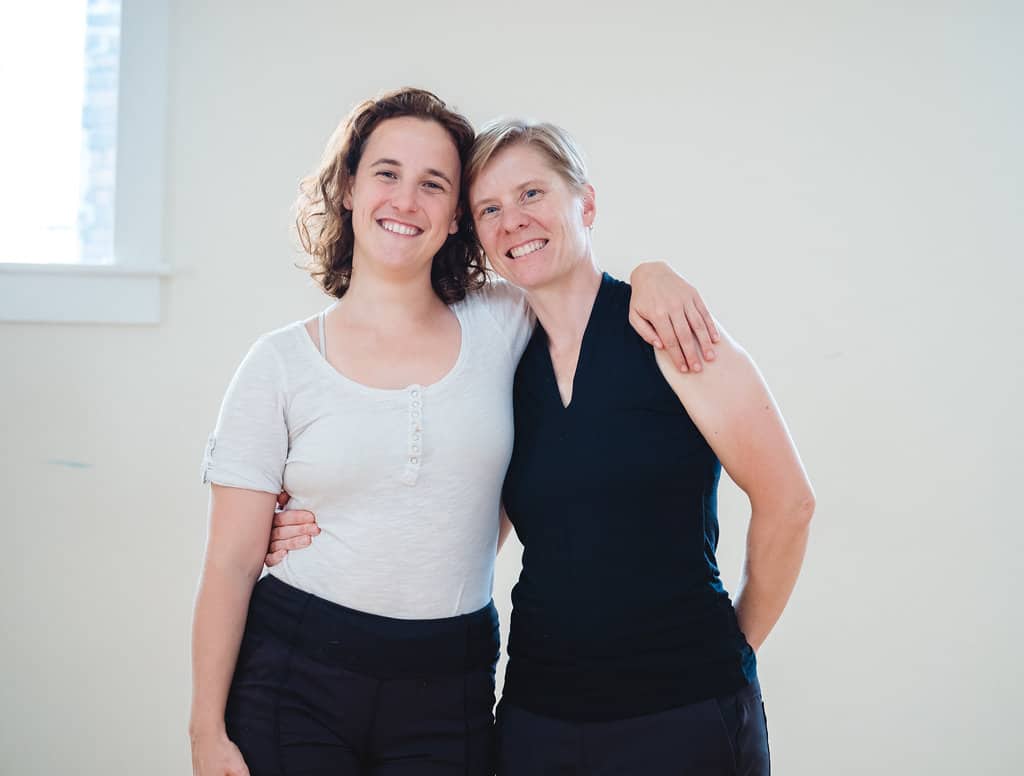
Listening to Ourselves
by Fritha Pengelly
posted on November 23, 2021
Dr. Moshe Feldenkrais expressed his belief that the mind and body are one:
“The way the mind and body are united has preoccupied human beings throughout the centuries.
‘A healthy mind in a healthy body’ and similar sayings show a conception of one kind of unity. In other teachings, the healthy mind makes a healthy body.
I believe that the unity of mind and body is an objective reality. They are not just parts somehow related to each other, but an inseparable whole while functioning. A brain without a body could not think…”
-Moshe Feldenkrais, “Mind and Body”
Why not then seek answers to the roots of illness within all aspects of the self… including cognitive and emotional roots? And why not listen to what our bodies are saying to us?
Sometimes our bodies have to speak quite loudly to get us to listen… and sometimes we’re not sure how to make sense of what we’re hearing.
As a dancer I have spent my life very connected to my somatic experiences; so many hours in the studio exploring the expressive qualities of the body, connecting with other humans through movement, and paying attention to what I feel. I trust in my body’s wisdom.
And as the daughter of a botanist and ER nurse, I like to understand how things work.
So, it has been exciting to learn more about the scientific research being done regarding EFT (Emotional Freedom Techniques), sometimes called EFT Tapping. There are now over 100 clinical trials demonstrating statistically significant improvements with a variety of issues including anxiety, depression, pain, and PTSD through the use of Energy Psychology (which includes EFT).
While EFT was originally described to me as tapping on points based on the meridians in Traditional Chinese Medicine as a way to release stuck emotional energy… and perhaps that is still a good description… what we are learning through the scientific studies is concrete evidence of how EFT really works.
For example, the process of tapping on acupressure points while speaking specific statements related to a current or past experience can deactivate and activate different parts of the brain to allow us to get out of a ‘fight-or-flight’ state and process feelings that were not safe to feel in the moment.
This process can provide a way to get past those previous experiences and live more fully in the present rather than continually getting triggered in response to that which happened in the past. As Dr. Feldenkrais would say… we can live spontaneously. We can respond to the moment in a way that our actions meet the demands of the moment, rather than bringing forward reactions that we don’t really understand or don’t feel that we have control over… for example, an exaggerated fear response in a situation that is not threatening.
We know from various experts in the field of trauma therapy, that those past experiences that have not been fully processed can keep us in a physiological state of distress, influencing our health and well-being. Check out Bessel Van der Kolk’s book The Body Keeps the Score, Gabor Mate’s book When the Body Says No, and Resmaa Menakem’s My Grandmother’s Hands: Racialized Trauma and the Pathway to Mending our Hearts and Bodies.
Neuroplasticity, the brain’s capacity for learning and changing over our lifetimes, is now an accepted understanding of the brain and is what Feldenkrais® and EFT utilize for affecting change and developing new patterns. To learn more… check out The Brain that Changes Itself by Norman Doidge.
Ultimately, what all this research is teaching us/reminding us of is that we can effectively influence our own health by listening to our bodies; by processing memories and experiences held in our bodies through safe and gentle practices, going slowly, making connections between past experiences and current beliefs and patterns of behavior, we can change the patterns in our brains and live with more ease and joy.
This process of healing our past gets us closer to what Dr. Feldenkrais hoped for all human beings – that we can live our ‘unavowed dreams.’
Would you like to explore the practice of EFT together with The Feldenkrais Method®? We’d love to see you in our upcoming workshop:
Releasing the Old, Inviting the New: Exploring EFT and Feldenkrais®.
*Workshop is limited to 8 students and female-identified participants only*
More resources:
“Three interrelated ways that energy psychology protocols can be applied in medical settings include (1) managing mental states that impede immune function and healing, (2) working with emotional influences that contribute to the illness, and (3) mobilizing inner resources that promote healing.” – Dr. David Feinstein. Want to learn more? See this review by Dr. Feinstein for more information: “Applications of Energy Psychology in Addressing the Psychological Roots of Illness.”
One hour of tapping has been shown to change the expression of 72 genes, as well as reduce the level of cortisol by 24%: See Dr Peta Stapleton discuss Tapping in this short video: TEDx talk with Dr. Peta Stapleton
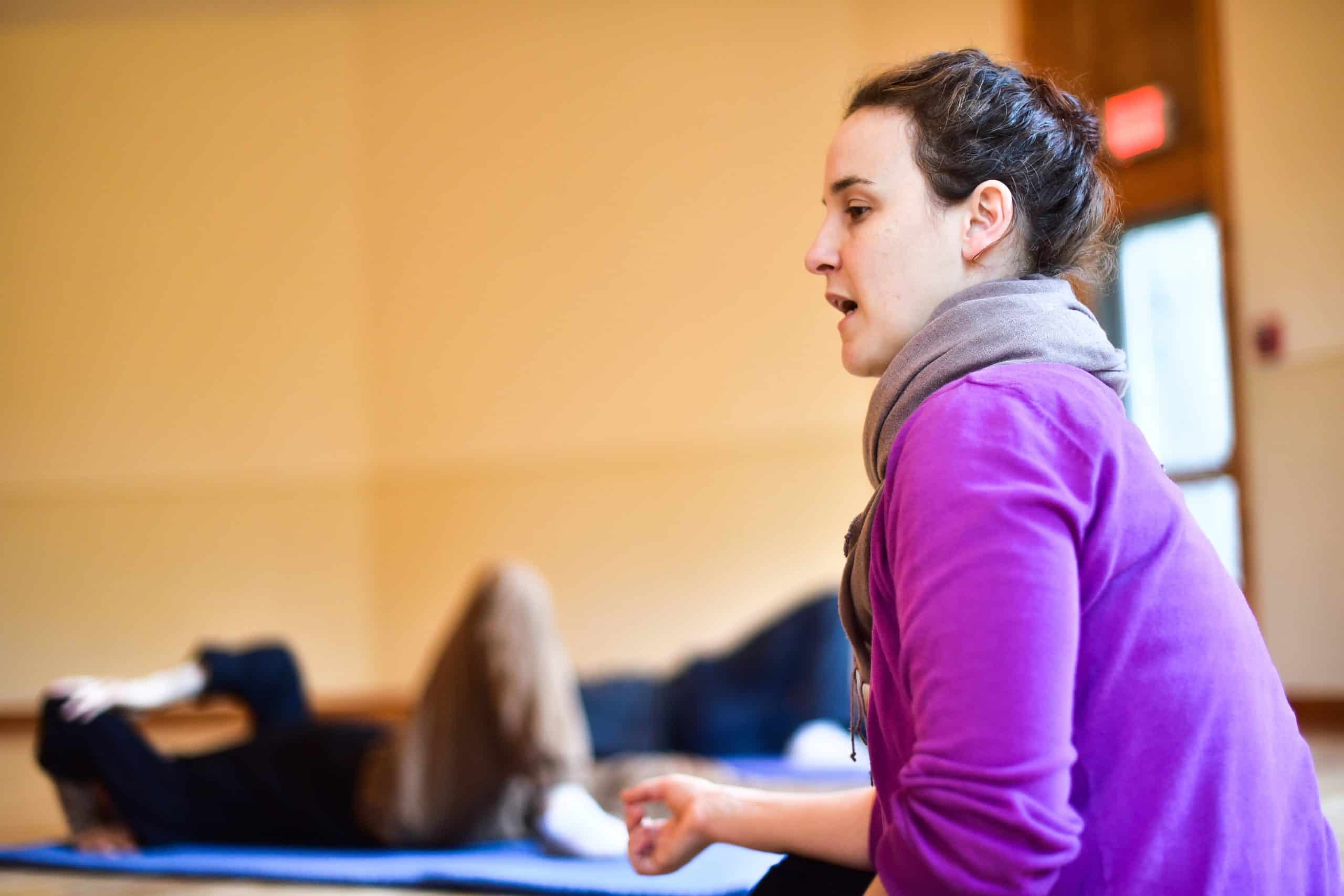
Refreshing Our Perception
by Sarah Young
posted on September 2, 2021
“I do not teach, but my pupils learn.” – MOSHE FELDENKRAIS
As Fritha and I prepare for our upcoming Moving to See workshop on Saturday, September 25, I couldn’t resist the play on words of this quote from Moshe Feldenkrais. I assume Dr. Feldenkrais was referring to his students with the use of ‘pupils.’ Reading from another perspective, the ‘pupil’ of the eye is the black circle at the center of the colored iris on the front of the eyeball. It expands and contracts to regulate the flow of light to the retina at the back of the eye, which triggers nerve impulses via the optic nerve to the brain, where a visual image is formed. Basically, the ‘pupil’ plays an important role in how we perceive images.
During our workshop, I plan to lead an Awareness Through Movement (ATM) lesson titled, Painting the Left Side, sourcing notes from the Esalen 1972 Workshop, Dr. Feldenkrais’ first significant teaching visit to the U.S.
Approaching our own habitual use of the eyes with curiosity and novelty through ATM can expand our abilities of perception, and relieve some of the stress and strain we encounter by engaging in seeing through fixed and unconscious routines. We also get a chance to separate sensory information, perception, and interpretation from one another in a way that isn’t usually possible during our day-to-day activities.
I’m interested in the ways that Painting the Left Side offers an opportunity to ‘see’ my own internal sense of space with greater detail and depth. There’s a spaciousness to the lesson that allows for exploring the relationship between eye movements and the imagination, and the impact of memory and knowledge, particularly in naming ‘things’, has on how we see.
In The Intelligence of Moving Bodies: A Somatic View of Life and Its Consequences by Carl Ginsburg with contributions by Lucia Schuette-Ginsberg, Carl writes, “I would like to make the case that perceiving comes before conceiving and that perception precedes representation, conception and thinking in representations. Normally these aspects of our cognition are so intertwined that it is difficult to separate them.” (pg. 69)
Ginsburg also writes, “But we often are so habituated to certain perceptions that we cannot easily change them even when it may be very useful to do so.” This is a concern that Dr. Feldenkrais brought consistent focus to in his research. His approach was for us to slow down our actions and quiet our internal and external environments to attune ourselves to a more subtle range of sensory information. Through this type of conscious awareness, as when doing an ATM lesson, we can notice when our unconscious perceptions lead us to “see things” that are informed by past experience, acculturation, and habit, rather than sensory cues from the present moment. By giving primacy to our present sensory cues, these can inform our perceptions. We can be in a new and relevant relationship to what we see and, from there, refresh how we interpret our self-image and the world around us.
Join us for Moving to See on September 25, 2021!
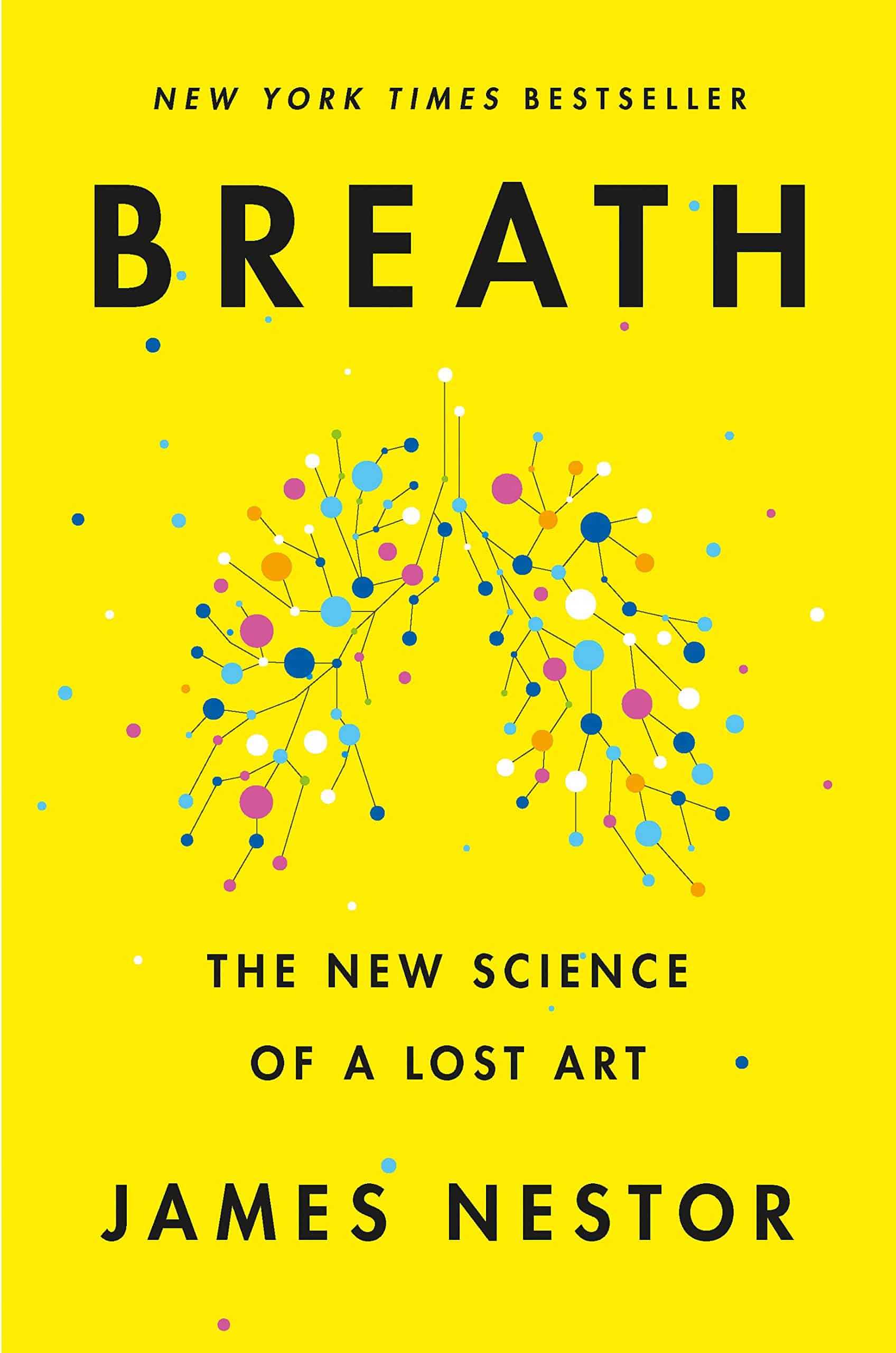
Did you know that we can influence our health by how we breathe?
posted on June 3, 2021
A student in our Pelvic Health Class Series suggested the new book Breath: The New Science of a Lost Art by James Nestor. In the Pelvic Health Workshop and class we talk a lot about the importance of posture and breathing to support the pelvic organs, and I jumped on the suggestion to check out this book to learn more about breath and breathing. The various stories interspersed with historical and scientific information make it a fascinating and fun read. Have you ever stopped to think whether or not it matters if you breathe through your nose or mouth? Can you imagine that many of us actually breathe more than we need to? Did you know that you can improve many aspects of your health just by changing how and how much you breathe? If you study yoga, or meditate, or sing, or practice other breathing methods, you may have some experience with these ideas already!
If you are a Feldenkrais student you probably appreciate the power we each have to shape our own learning and healing process. If you are curious to learn more about the science and learn more about how breathing can influence your health, I recommend reading Breath. (Support your local bookstore!!)
And if you’d like to explore some aspects of breathing in my upcoming workshop Finding Breath, join me on Saturday, June 12 from 1-3pm.

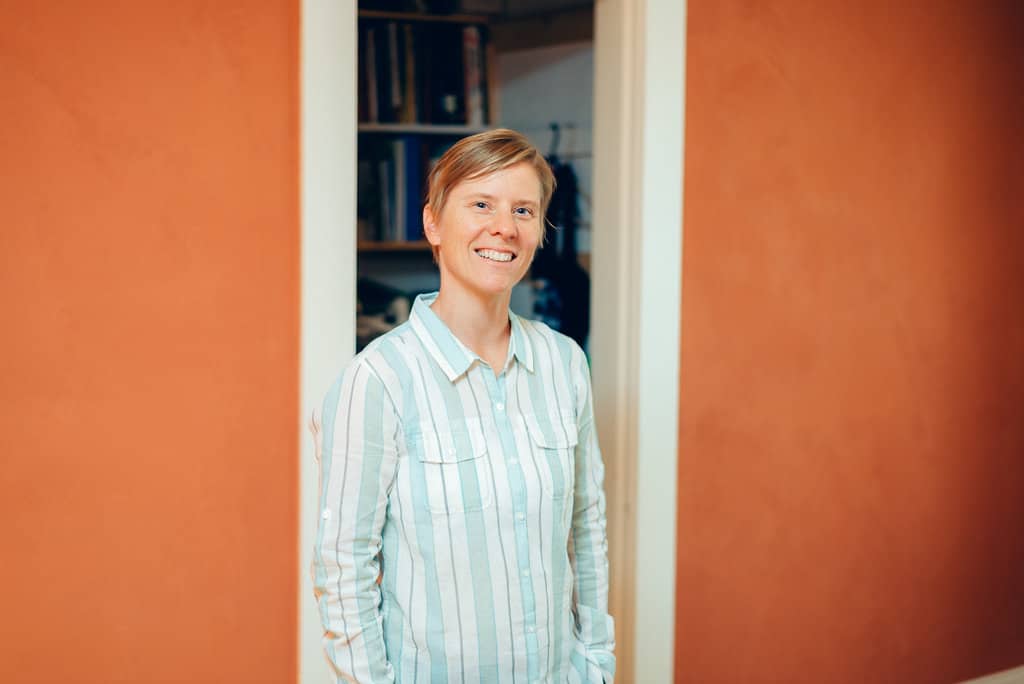
Listen to my interview on the
Energy Matters Podcast!
posted on March 1, 2021
I was recently interviewed by Reiki Practitioner Caroline Ruderman and Beth Pellettieri, Life Coach, to discuss the Feldenkrais method and EFT. We discuss how Feldenkrais supported my body with dance, my self study within the art of walking, how our emotions are held in the physical form, and much more.
Look for my interview on January 22, 2021. Check it out here!
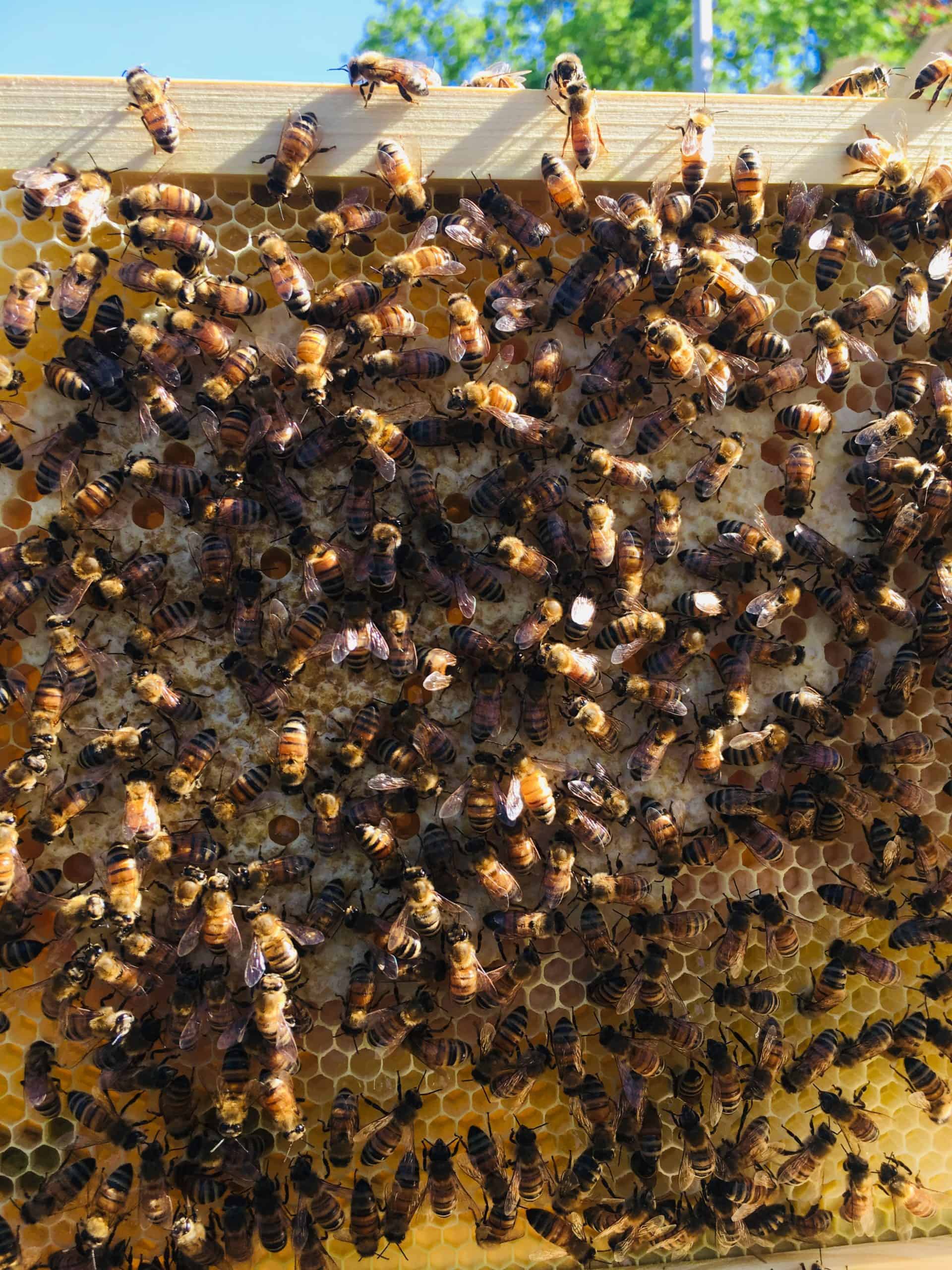
Integrating Feldenkrais into our Lives: Bringing Moshe into the Apiary
posted on November 23, 2020
As I write this, 100,000 bees are clustered in our hives trying to keep their queens warm through the long winter. In my short tenure as a beekeeper, I am constantly amazed by these creatures. The work of keeping bees is also physically demanding and I have found many moments of connection to my Feldenkrais practice and recognize opportunities for integration.
Dr. Feldenkrais was interested in people learning and developing the capacities within themselves to live their “unavowed dreams,” to live with less compulsion and more spontaneity. The Feldenkrais Method does not provide a set sequence of movements to repeat and master, but rather the Functional Integration and Awareness Through Movement lessons provide an environment in which one can learn something about oneself in order to improve the quality of one’s life.
In the apiary, I have found a few lessons very useful. The first being a very practical one. We keep our bees in stacked, “Langstroth” style boxes. Each box holds 10 frames, and a box of frames full of honey can weigh 80-90 pounds! During the season, we spend approximately 5-7 hours weekly or biweekly inspecting the hives to check for disease and pests and make sure they have enough room and food. This means lifting heavy boxes off each hive in order to get to each box for inspection. Utilizing support from the ground, efficient organization, and my breath helps me to protect my back and shoulders from wear and tear when lifting very heavy boxes full of bees and honey.
Another lesson for sure is being present to the moment. You learn quickly to attend to how you hold the frames… careful not to accidentally squish a bee and end up with yet another bee sting. Ouch! And there is so much to pay attention to… Where is the queen? Is she laying? Can you see eggs? How much honey are they putting up? Is there pollen coming in to the hives? How much brood is there? Are there signs of disease? Do they have enough room? Each frame in the hive tells a detailed story about what is going on in the hive, the health of the bees, and what is currently available in the environment. Inspecting a hive takes your full and present attention.
Spontaneity comes in handy as well. There are plenty of times when we have a plan for what we are going to look for and do during an inspection just to be thrown into a new plan as soon as we open a hive. For example, last summer, just a couple months after embarking on this new endeavor of beekeeping, we were gearing up to do a standard hive inspection just in time to notice that all of a sudden the sound of bees got really loud…. Thousands of bees were emptying out of one of our hives into the air… the bees had decided it was time for part of the colony to leave with the queen to make a new home! Change of plans. Fortunately for us they landed on a structure in our yard and we were able to capture the swarm and make them a nice new home in our apiary… this added a few hours and much excitement to our expected inspection.
Integrating the lessons I’ve learned through Feldenkrais – practicing efficient organization, presence in the moment, embracing spontaneity – all enrich and support my enjoyment of so many aspects of my life, including working with bees. What we hope to gain from engaging in the work of the Feldenkrais Method is not just the enjoyment and curiosity in the moment of exploring a new lesson but that we can take what we learn and find ways to make our lives better. To be able to respond with resilience and flexibility, and to live more in line with our authentic selves. What do you love to do and how do you integrate your Feldenkrais practice into your day to day life to bring more ease and joy?
Learn more here about our apiary, Little Wren Farm!
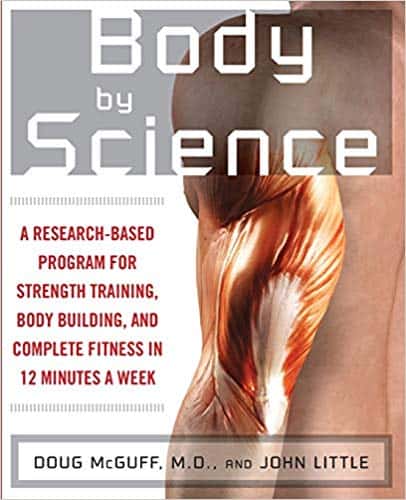
Aging with Grace requires Strength
posted on January 1, 2020
A Feldenkrais® colleague of mine suggested Body by Science to me many months ago. She told me that following this particular strength training protocol was making a huge difference for her. She felt significant improvements in strength and loved that she only has to spend 15 minutes a week at the gym.
After reading the book myself, I wanted to share what I’d learned with you immediately! Instead, I decided to pause, take a breath, and try this “Big-Five” workout (high-intensity training) myself for few months first.
As a former professional dancer, I have spent many hundreds of hours in the dance studio and otherwise training my body for strength, flexibility, accuracy and artistry. I never had to think so much about ‘strength training’ per se. I was always training. Exercise was built into my life. Implicit in my daily routine.
However, over the past 6 or 7 years as I have transitioned to focusing on my Feldenkrais® practice, I’ve recognized that, while I remain active with walking, biking, hiking, etc., my daily routine is much more sedentary than it used to be.
Feldenkrais® lessons have provided me with a structure and place in which to find ease and pleasure in movement and an authentic expression of myself, transferring force efficiently through my skeleton, reducing tension, learning how to move in accordance with my skeleton in relationship to gravity…
…and yet I am also recognizing the need to maintain and build strength and muscle mass in order to sustain my health and ability to continue the activities I need and want to do – stacking wood, shoveling snow, gardening, dancing…
The Feldenkrais Method® so beautifully offers us the opportunity to learn how to use ourselves well – to find power with ease, to follow curiosity and playfulness, to expand our self-image…
And the next step is to integrate this learning into our lives in a meaningful way.
This brings me to my interest in taking these improvements into challenging my body for strength and power.
After experiencing a back injury, I found that pain and the fear of recurring injury created limitations – and fear around moving and challenging my body. I find this is true for a lot of people, and we could have another whole discussion on pain and the brain. But for this discussion, I will stick to the topic at hand.
I have loved focusing on ease and pleasure in movement, but to remain strong, we must ask our muscles to work hard. The old adage “use it or lose it” definitely applies here!
So I was excited to try the “Big-Five” workout laid out in Body by Science and have been doing so weekly since August. The short of it is: you perform 5 specific exercises, preferably on machines, which engage all the major muscle groups of the body. The amount of weight you lift for each exercise is determined by how much weight it takes to bring your muscles to complete failure within as close to 90 seconds as you can. You go slowly enough to prevent the use of momentum. And that’s it. You are in and out of the gym in 15 minutes. Once a week. (Just like Feldenkrais®, rest is essential.) The reasoning for this type of workout is not only to build muscle strength, but to improve various physiological processes in the body.
If you’re interested in learning more about the physiological processes this sets in motion, as well as the details on how to properly carry out this type of workout, I recommend reading the book. Not only are you doing work that generates muscle growth, you are improving your cardiovascular health, insulin-sensitivity, metabolism, and many other processes that contribute to healthy functioning of all the systems in the body.
While I don’t know if my cholesterol levels have improved, or if my brain health is better – I do know that I always feel better and more clear-minded after exercise. And I have experienced improvements in my strength. In part, I know this because I can lift more weight for 90 seconds, and I also found that carrying a heavy shelving until from the car into the basement the other day felt much more manageable. While it felt heavy and difficult to do, I felt my structure and musculature could meet the demand without feeling in danger of injury.
Which brings me back to my point about the value of Feldenkrais®. When I first started the “Big-Five” workout, I just dove right in to each exercise. One of the goals is to completely fatigue your muscles, so it’s helpful not to rest in between each exercise.
However, about a month ago I started taking time at the beginning of each exercise to lift a very small amount of weight first and do so with a Feldenkrais® mind – slowly, noticing the very first moment of the movement… where am I using effort I don’t need? Where do I feel compressed? Am I lengthening my spine? Where is my support?
Particularly useful is paying attention to my breath and the expansion of my abdomen. I can approach this like a martial artist. Pay attention to sensation and finding lightness. Feeling ease and the support of my skeleton so that my muscles an function efficiently even when challenged by a heavy load.
Then I increase the weight to the load I think will fatigue my muscles in 90 seconds and do my best to integrate.
Because the tactic is to continue slowly (as slow as 10 seconds to lift and 10 seconds to lower), it’s easier to maintain attention on my sensation and clarity of form.
And… because of the way the muscle fibers are recruited (again, the book explains!), by the time my large motor units that can produce a lot of power are recruited, my muscles are close to fatigue and weak, limiting the possibility of injury from using too much force.
I have very much been enjoying the process of exploring the challenge of lifting heavy weights in a safe context. Practicing my Feldenkrais principles has helped a lot. In addition to feeling stronger, I love the feeling in my tissues after finishing a workout and in the hours and days afterwards – everything feels more flexible and open. My tissues feel malleable and nourished.
I see many folks at the gym using momentum to lift weights or, for example, using their back to do a hamstring exercise – causing forces to shear across their joints and tissues, creating wear and tear. Learning to use ourselves well, pay attention to sensation, and trust in our own abilities can be essential tools in strengthening our bodies and maintaining health while limiting wear and tear and the possibility of injury.
Back to the topic of this post… Efficient movement is graceful. And grace and efficiency are dependent upon learning to move with more ease and less tension, to move in ways that drive forces through our skeleton longitudinally, not shear across us, and to move in accordance with our particular structure and personality.
And, finding and sustaining a sense of grace is dependent upon maintaining our strength. Our ability to walk gracefully depends on balance and steadiness. This is dependent upon being well-organized and efficient, and it is also dependent upon having powerful and responsive musculature. Being quick and in tune with our bodies helps us fall well. Muscle mass also protects us when we fall.
Responsiveness is key.
If you’re interested in learning more about how to tune in to your own intelligence in the pursuit of grace and power, send me an e-mail! Book a session! Try out a class! I’d be happy to talk with you.
Happy New Year!
Fritha
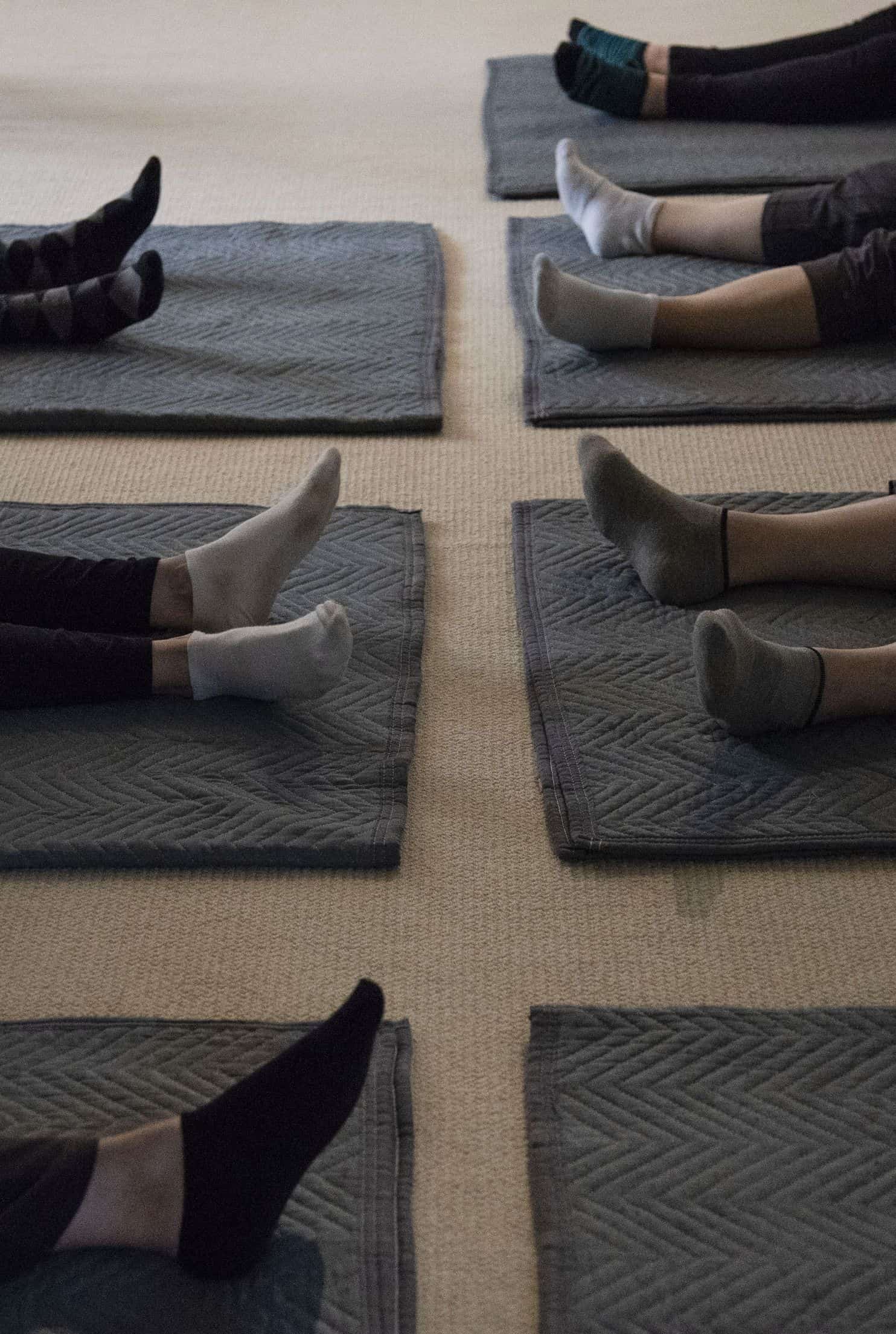
Read the Washington Post article by Lisa Rein:
“A Different Way to Relieve Years of Back Pain”
posted November 16, 2018 by Fritha Pengelly
A wonderful article about the Feldenkrais Method featuring my friend and colleague Chrish Kresge who has a practice in Washington DC.
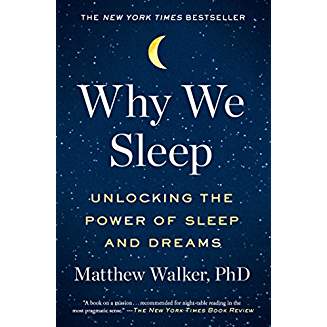
Is 6 hours of sleep is enough?
posted on August 30, 2018
If you’re interested in learning more about the profound importance of sleep for our overall health, I recommend this fascinating book. Walker references an impressive body of research (including his own) and his writing is fluid and easy to follow. Learn about the processes that occur while we sleep and why a “non-negotiable 8 hour sleep opportunity” every night is essential for pretty much all functions including memory, cardiovascular health, learning, emotional health, weight control, and much, much more!
If you’re having trouble getting comfortable while sleeping, wake up with discomfort, or struggle to breathe deeply an relax in the evening as you prepare to sleep, see if Feldenkrais can help! Schedule a private lesson with Fritha.
Click here to listen to Walker’s interview with Terry Gross on Fresh Air.
*I encourage you to visit your local bookstore or library if you’re interested in reading this book!
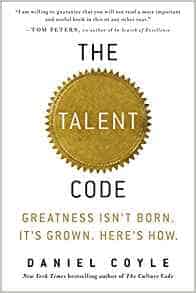
What is “deep practice?”
I highly recommend this book to anyone curious about how we learn!
*Please visit your local bookstore or library if you’re interested in reading this book!
And if you’d like to experience deep practice through the Feldenkrais Method for improving ease and comfort in your every day living, contact Fritha to set up an initial session.
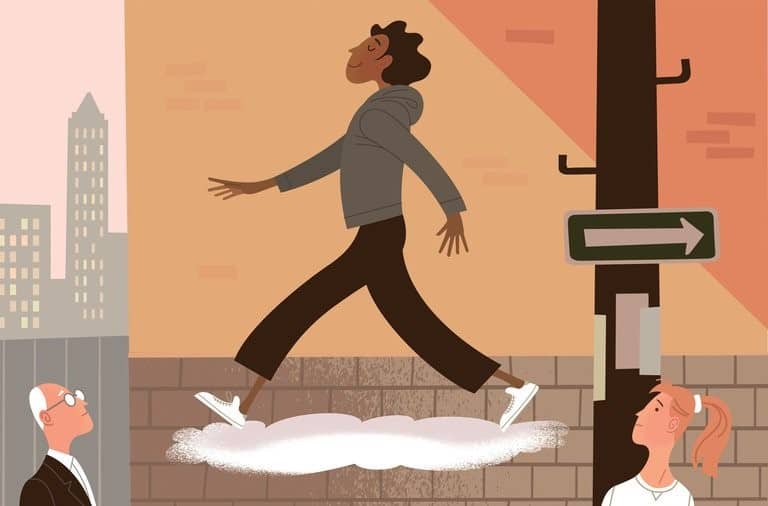
Read the New York Times article by Jane Brody:
“Trying the Feldenkrais Method for Chronic Pain”
posted November 7, 2017 by Fritha Pengelly
https://www.nytimes.com/2017/10/30/well/trying-the-feldenkrais-method-for-chronic-pain.html
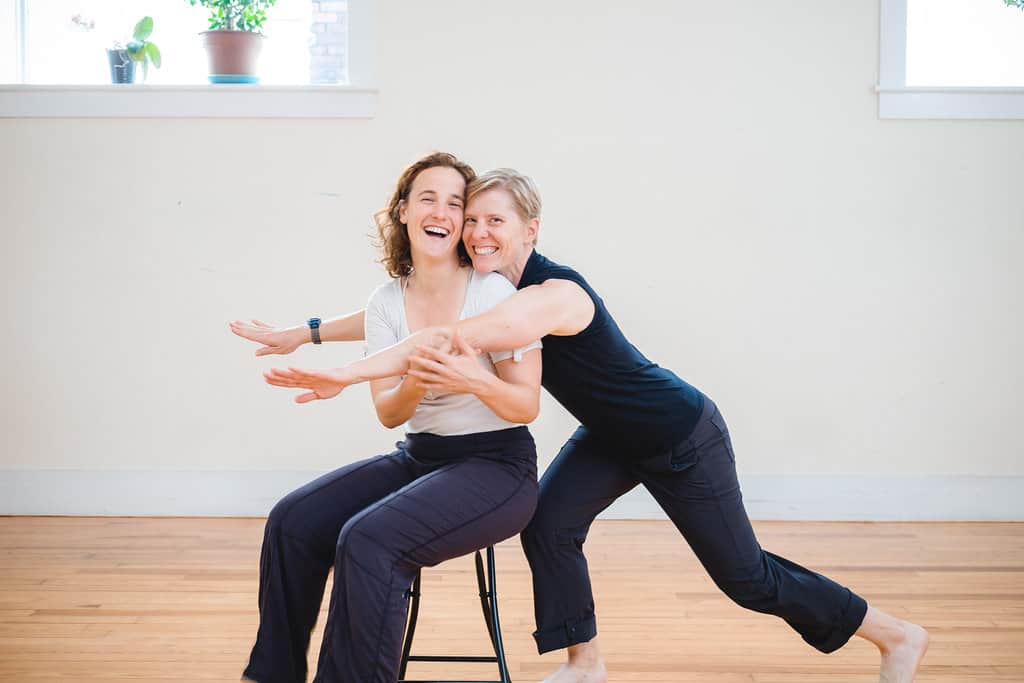
Dancing and the Feldenkrais Method
posted June 2016 by Fritha Pengelly
The process of engaging in Feldenkrais lessons can lead us into unexpected terrain. Learning about ourselves through awareness in movement can result in profound and deep change. We can learn to find clearer support and an ease in movement that help us feel lighter and reduce pain and difficulty, and these changes resonate with deeper layers within our personality. The Boston Feldenkrais Training Blog interviewed Feldenkrais Collective members Fritha Pengelly and Sarah Young about their experiences with Feldenkrais in relationship to dancing. Read the interview here: http://www.bostonfeldenkraistraining.com/blog/the-feldenkrais-method-a-partner-in-dance-and-self-discovery
